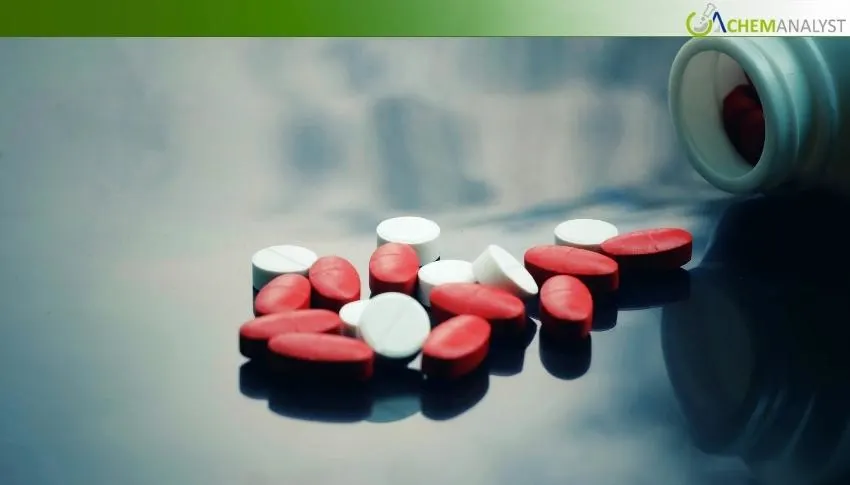Welcome To ChemAnalyst

U.S. import prices for Clarithromycin API rose through October 2025, and further increases are expected in the coming months. This rise is due to higher production and logistics costs, supply-chain disruptions, and strong global demand. It is estimated to be up about 1.35% compared to previous month. Major producing regions like China face rising input costs, stricter environmental regulations, and occasional factory shutdowns, which drive export prices up. Increased freight rates, uncertain tariffs, and advance buying by U.S. pharmaceutical companies before peak infection season have made supplies tighter. According to analysts, this momentum is pointing to a new price floor, not a short-term spike, and more upsides could be seen at least well into early 2026. Longer-term contracting, diversified sourcing, and inventory management are some strategies employed by U.S. drug manufacturers to lessen cost and supply risks. The continued increase mirrors ongoing inflationary pressure throughout the antibiotic API market, for which Clarithromycin is considered one of the important cost drivers.
The price of Clarithromycin API has been continuously increasing in the U.S. pharmaceutical market through October 2025, with the trend likely to further continue in the coming months. According to recent industry estimates, prices of Clarithromycin API in the U.S. market have gone up by about 2.5% when compared to the previous quarter, due to unabated cost pressures felt across the global supply chain. One of the major reasons for such price increases in Clarithromycin has been the higher production and logistics costs, disrupted supply chains, and a surge in demand for macrolide antibiotics globally. Major supplier regions like China are reporting higher input prices, due to the strict implementation of environmental controls, increasing energy and labor costs, and periodic shutdowns in significant production areas. All these pressures have passed directly on to Clarithromycin export prices, which have thus increased the import bill of U.S. buyers in the pharmaceutical industry.
In addition to the supply-side constraints for Clarithromycin, the U.S. market has faced acute freight and shipping cost increases, particularly for sensitive pharmaceutical ingredients that require special care. Ongoing tariff and trade uncertainties between the U.S. and Asian manufacturing regions further increased the price of imported APIs. Downstream demand has also been a major factor: American drug manufacturers are busy restocking inventories of Clarithromycin in preparation for the peak respiratory infection season, thereby raising the short-term demand pressures for Clarithromycin. This proactive purchasing has reduced global inventories available and supported prices.
Analysts say that this latest increase is not another blip, signaling the new price floor for Clarithromycin API. After stabilizing in the early part of the year, a new wave of price increases has firmly set in as 2025 closes. Tightness, shipping rates, and energy/raw-material price inflation in producing countries will continue to drive up prices of Clarithromycin API during November and December. The threat of new tariffs or heightened import restrictions would further fuel upward pressure in Clarithromycin's price trajectory.
This continued growth in price for Clarithromycin illustrates to U.S. pharmaceutical manufacturers the importance of strategic procurement planning. Companies are considering longer supply contracts, diversified options, and optimization of inventory positions to hedge against further volatility. Stability of supply is vital since Clarithromycin is one of the major antibiotics to treat respiratory and bacterial infections. In all, considering the high demand, limited supply of Clarithromycin, and general inflationary factors in its production, elevated prices for Clarithromycin API imports are expected to continue in the U.S. market for the remainder of 2025 and into early 2026, setting in place a period of sustained cost inflation across the antibiotic segment.
We use cookies to deliver the best possible experience on our website. To learn more, visit our Privacy Policy. By continuing to use this site or by closing this box, you consent to our use of cookies. More info.
